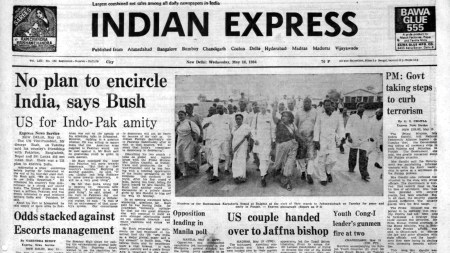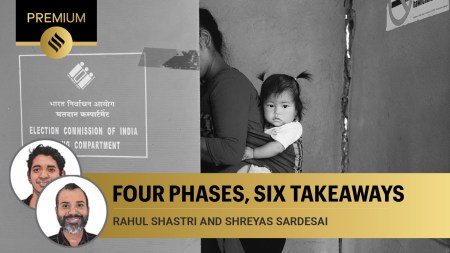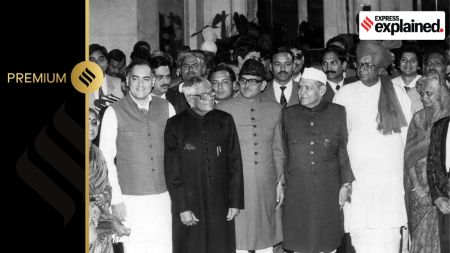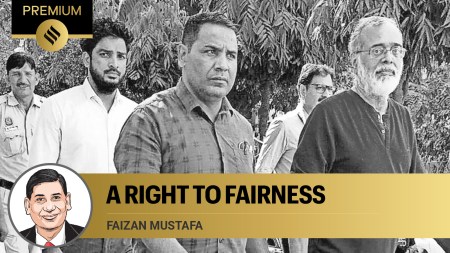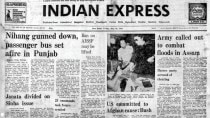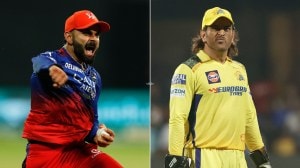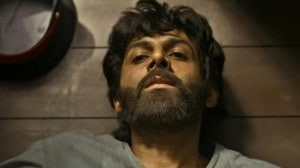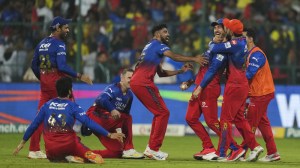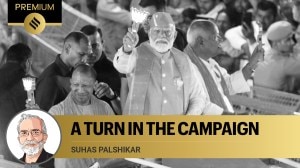- India
- International
In PM Modi’s I-Day speech, a different imagination for India’s political future
The PM introduced the idea of ‘political time’, where the past is divided into a period of slavery and a period of struggle and liberation, and the present is the ‘Amrit Kaal’, marking a decisive moment to enter a new political future
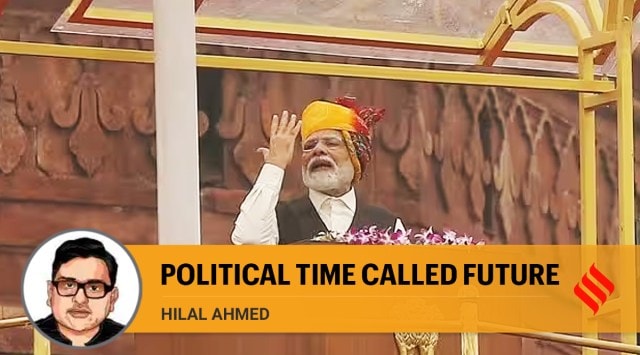 Modi invokes the idea of political time to offer an interesting classificatory schema. (Express photo by Renuka Puri)
Modi invokes the idea of political time to offer an interesting classificatory schema. (Express photo by Renuka Puri) Prime Minister Narendra Modi’s Independence Day speech seems to dissatisfy two very different kinds of political observers. The speech does not offer any new mantra to Modi’s admirers. Except for the slogan, “demography, democracy and diversity”, Modi did not make any different, extraordinary, or unexpected claim, which could further be highlighted as a master-stroke by a section of the pro-BJP media.
On the other hand, the speech might be disappointing for Modi’s opponents as well. Modi was not in campaign mode. His condemnation of the Opposition was implicit and thematic. Without naming any political party, he criticised dynastic rule as an undemocratic phenomenon. This careful criticism obviously does not offer any possibilities to Modi’s rivals to use this speech as a political resource.
Yet, this was one of the most important political statements Modi has made in the last 10 years as the Prime Minister of this country. The speech was not delivered for direct media consumption. Instead, it was a serious attempt to provide a functional thematic outline to the structural-political changes introduced by the Modi-regime after 2014. More specifically, this speech introduces us to the idea of political time, which goes beyond the BJP’s well-known criticism of Indian history. Modi did not merely make an effort to establish a link between the past and the present but also tried to offer a different imagination of the political future.
Modi invokes the idea of political time to offer an interesting classificatory schema. The Indian past is divided into two overlapping categories — the period of slavery and the period of struggle and liberation; while India’s present (and future!) is described as the “Amrit Kaal”.
The speech begins with here and now, especially with a minor reference to Manipur violence. This present is located in a different time span — the period of slavery that began around 1,000-1,200 years ago. Modi argues that the defeat of one small kingdom at that time was not an insignificant event. According to him, this defeat caused serious damage and somehow paved the way for cultural and political subjugation. There was not any specific mention of any ruler or kingdom in this formulation. Yet, Modi was able to communicate the standard criticism of secular history, which makes a crucial distinction between the Mughal empire and British colonialism.

It does not mean that Modi completely ignores this distinction. His formulation recognises the political significance of the national movement in a slightly different way. The struggle against British colonialism, he claims, marks the period of struggle and liberation. Modi argues that the struggle for freedom, which started almost a thousand years ago, found a new political overtone during the anti-British national movement. The political independence, which India achieved in 1947, was the successful outcome of this long and uninterrupted freedom struggle.
According to Modi, the contemporary time may be called the “Amrit Kaal”. Unlike the polemical claims often made by a section of pro-BJP media, Modi does not recognise 2014 as a decisive point of time to mark the beginning of Amrit Kaal. In his schema, the Amrit Kaal has just begun. It means that our political time not only symbolises our present, it is also a decisive moment to enter into a new political future.
Modi conceptualises two versions of this political future — an immediate future, which is near and foreseeable and a long-term future, which is still imagined and yet attainable. He expresses his confidence that the immediate future is almost controllable. The statement that he would be delivering the next Independence Day speech underlines this confidence. The long term-future — India of 2047 — however, is described in relation to three challenges: Dynastic politics, corruption and appeasement.
One may underline a few obvious limitations of this speech, especially the neat and clean categorisation of political time into “caged past” and “liberated present”. Modi did not talk about the crucial period of our postcolonial experiences, which transformed India into a powerful global player. Nor did he touch upon the period when the BJP was ruling the country and in fact, he himself was the chief minister of Gujarat.
These factual criticisms, in my view, are politically insignificant. Modi is not writing a logical-factual history of India’s past. Instead, he is interested in the present moment of our political time. And precisely for this reason, Amrit Kaal is presented to us as an empty template, which has to be filled by political actions and performances.
The writer is associate professor, CSDS
40 Years Ago
EXPRESS OPINION
More Explained
May 18: Latest News
- 01
- 02
- 03
- 04
- 05



